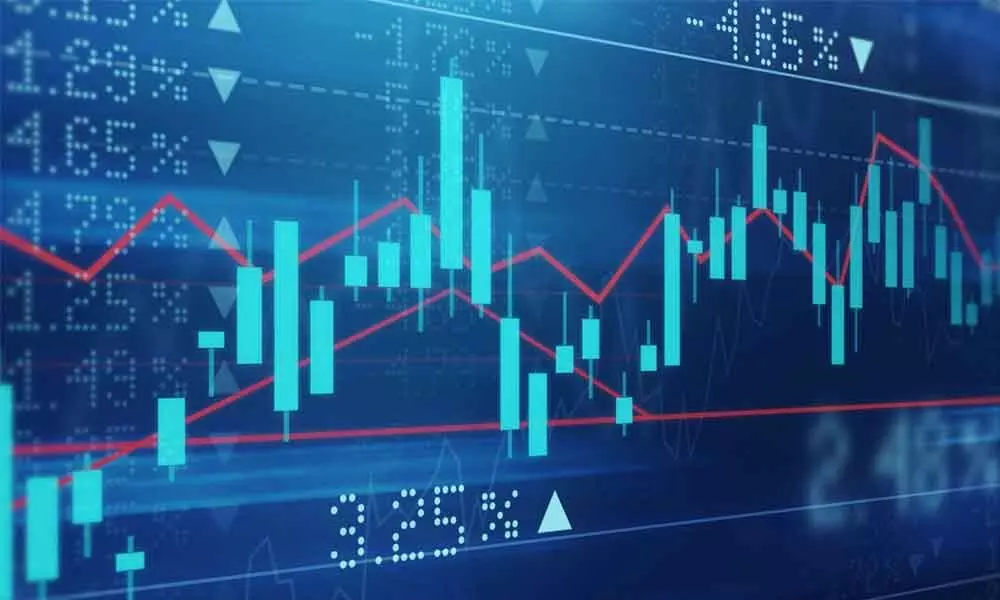Market volatility in the digital asset space creates unique opportunities for discerning investors who understand the distinct characteristics of different token categories. Recent market cycles have revealed patterns that help identify which assets demonstrate superior resilience during turbulent periods.
Market behaviour analysis
During volatile periods, traditional correlation patterns often break down, revealing the true nature of different digital assets. Integrating rxs crypto technologies has enabled better tracking and analysis of these performance patterns, providing valuable insights for market participants. Historical data shows that assets with strong fundamental use cases and clear value propositions tend to weather market storms more effectively than purely speculative tokens. This resilience often stems from sustained user demand and practical utility that persists regardless of market conditions.
Correlation patterns

Some tokens show an increasing correlation with traditional safe-haven assets, while others maintain independence from crypto and traditional market movements. Understanding these relationships helps identify assets that can stabilise portfolios during turbulent times.
Revenue and infrastructure tokens
Assets that generate regular revenue streams consistently demonstrate strength during market turbulence. These tokens maintain value through consistent cash flows, providing stability when speculative interest wanes.
Protocol revenue dynamics
Tokens that distribute protocol revenues to holders create natural price support during volatile periods. This mechanism provides tangible value investors can rely on, similar to dividend-paying stocks in traditional markets.
Infrastructure value
Critical infrastructure tokens benefit from constant demand driven by operational requirements, technical dependencies, and system governance needs. This sustained demand helps preserve value during volatile periods, as users must continue utilising these tokens regardless of market sentiment.
Liquidity and adoption factors
The relationship between market depth and price stability becomes particularly evident during volatile periods. Assets with deeper liquidity pools and diverse trading pairs typically demonstrate excellent price stability during market stress.
Market depth impact
Understanding liquidity dynamics helps explain price stability:
- Larger liquidity pools absorb market shocks more effectively
- Diverse trading pairs provide more options for value preservation
- Professional market makers help maintain orderly markets
Usage-driven stability
Tokens with genuine user adoption often outperform during market volatility. Key indicators of sustainable adoption include consistent daily active users, stable transaction volumes, and continued new user growth despite market conditions. Market participants who understand these performance patterns can better position their portfolios for volatile conditions. Success requires careful analysis of both historical performance data and fundamental token characteristics.
The importance of market structure becomes particularly evident during periods of high volatility, often determining which assets maintain stable trading conditions. Assets that combine strong fundamentals with deep liquidity and genuine utility typically demonstrate incredible resilience during market turbulence. The market will likely continue to evolve, potentially introducing new categories of resilient tokens. However, the core principles of value preservation during volatility will likely remain consistent: firm fundamentals, genuine utility, and robust market infrastructure.
Successful navigation of volatile markets requires understanding the technical and fundamental factors contributing to asset stability. Investors focusing on assets with genuine utility, sustainable revenue models, and strong market infrastructure often find themselves better positioned to weather market turbulence.










